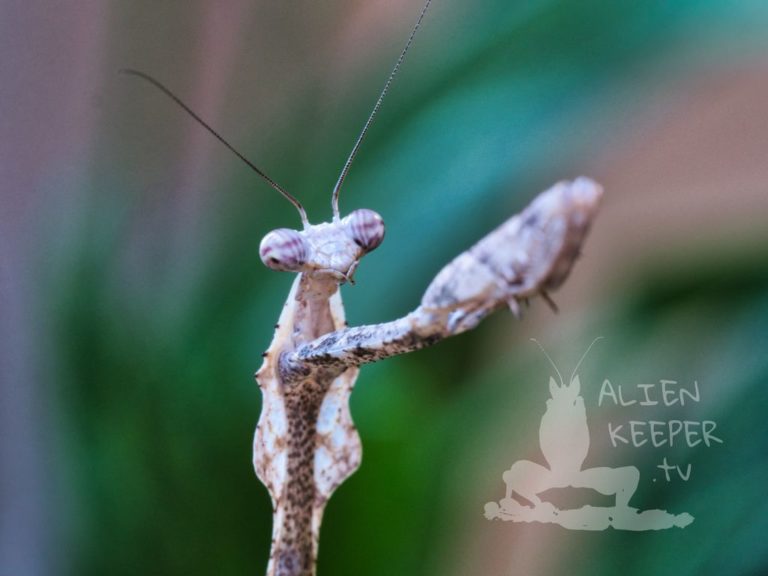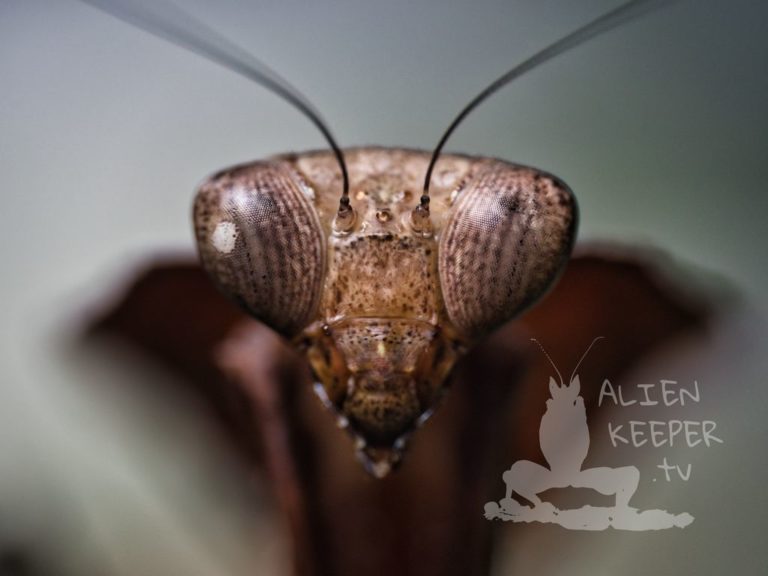Honestly, I’ve seen many praying mantises in far better condition than she had, who didn’t make it through the molt 
My dear other half, however, had her own mind about the situation. She said something like “you have to figure this out.” 
After some trial and error, she has chosen the best spot to molt. To my surprise, it wasn’t a bark or branch but a different kind of plastic net (with larger squares). She put her legs through one of those squares and locked them behind (crossed her limbs) . It was nothing less than a small miracle to observe 
The whole situation made me rethink the net as the default top lid cover solution. Since then, most of our terrariums have diverse materials attached to the top and sides, not mostly relying on plastic nets (we still use a lot of them though). Diversifying the types of surfaces on which praying mantises live, beside helping them to molt, it appears to also extend the durability of their claws in the adult stage.



